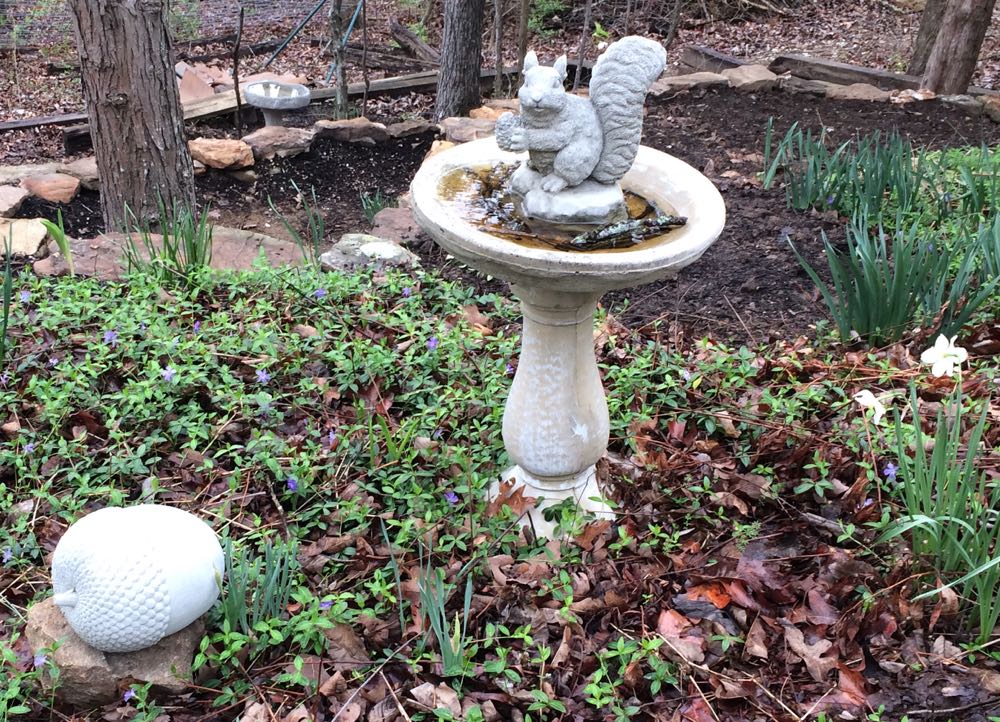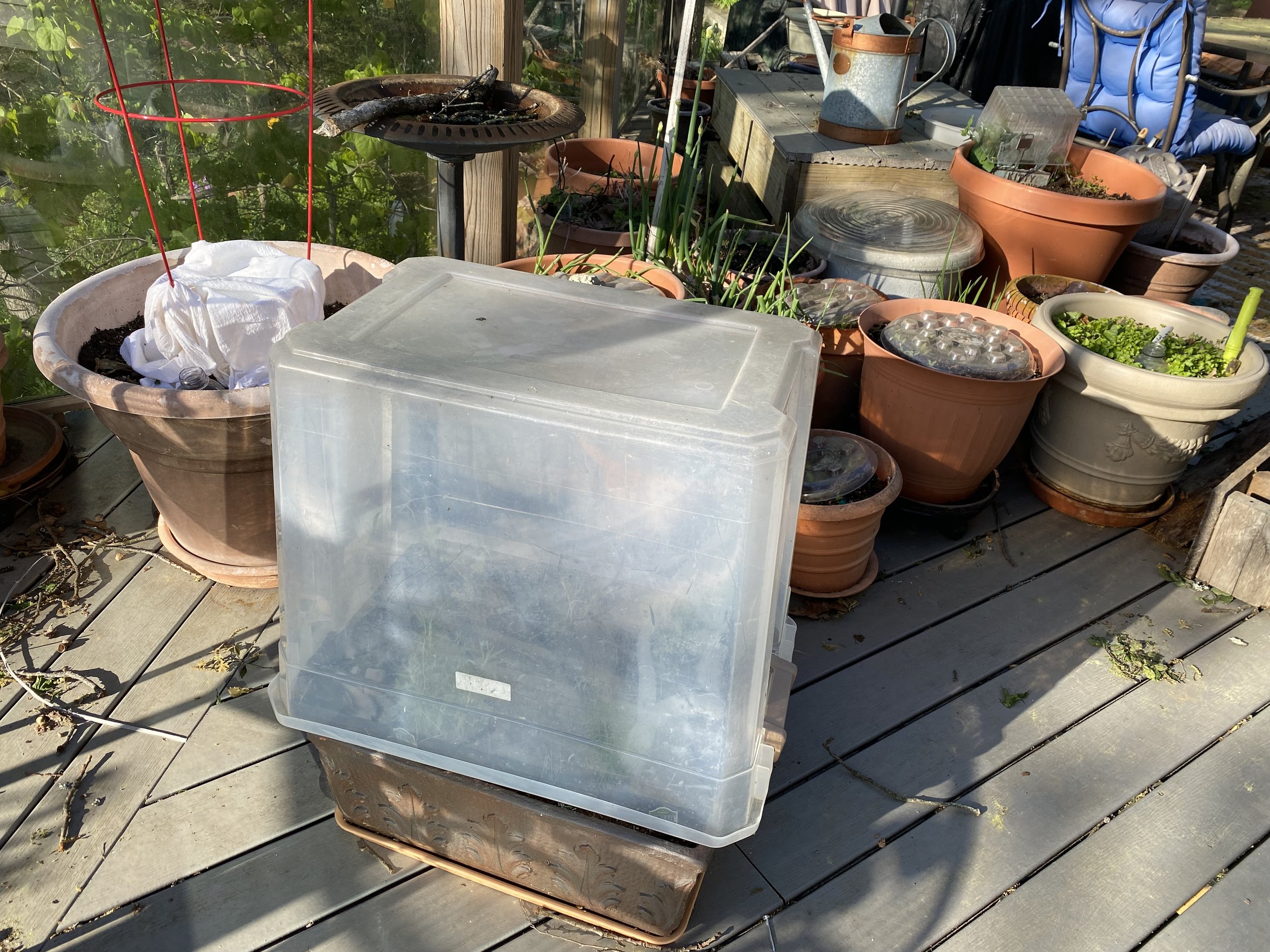May Gardening Chores
/f you want more daffodils, don’t cut off the fading flowers, the green round heads are full of seeds that will scatter and form more daffodil bulbs. (Photo by Charlotte Ekker Wiggins)
May Gardening Chores
How does it feel to have lived through Missouri’s coldest spring in recorded history going back to 1893, this past spring? Or maybe I should say this attempt at spring still or whenever it finally arrives.
I had mixed feelings wondering what this meant in terms of forage for my honeybees and what gardening chores I would have to double-up on in May on my limestone hillside garden in USDA Hardiness zone 5B.
The good news is that the soil should finally be warming up enough this month for seeds to sprout, even if some crops like corn and wheat may be a few weeks behind their usual growing schedule. Where I live in mid-Missouri, the last frost date is usually Mother’s Day, which this year is May 13.
If your spring crops didn’t make it, try again; there still should be time for at least one sowing of lettuce, spinach and radish seeds.
There is always a good time to plant onions, I grow several crops throughout the growing season. Onion sets planted around roses make good bug deterrents and are fun to harvest as long as you remember to leave a couple on bug patrol.
Give tree seedlings a long drink of water before planting into their permanent garden location. (Photo by Charlotte Ekker Wiggins)
The forecast is that we will have a wet May so take the opportunity to get tree seedlings planted. This is also a good time to divide and move perennials. Be careful of disturbing newly emerging, self-sowing annuals, learn to distinguish the sprouts of bachelor buttons and other carefree annuals so you don’t disturb them.
Mark daffodils you want to dig up and move later this fall.
As daffodils and tulips continue to fade, don’t mow the leaves down with the lawn mower until they turn yellow or the bulbs will gradually become smaller and you will not have any more blooms next spring. Leave the leaves so the bulbs can recharge.
See ants on your blooming peonies? Gently shake them off if you want to bring cut flowers inside, otherwise leave them alone. The ants help the flower buds open.
If you don’t compost, this is a good month to start. Place a small grocery bag in your freezer and add kitchen scraps. When full, take outside and bury in a garden corner. As you get into the habit of saving kitchen scraps, it will be easier to then make your own compost area or buy one, then start adding leaves and grass clippings to the kitchen scraps, some water, and mix. After a few weeks, you will have black compost ready to add to your flowerbeds.
Summer plants started inside in containers can start to spend a few hours a day outside on warm, sunny days before you transplant them into your outside garden.
Shop for natives to add for mid to late summer flowers. Good choices include Purple Coneflowers, Black eyed Susan, Salvias and any plants with low water requirements.
If you don’t have grass planted, plant clover instead. If you do, consider how to minimize the golf course-look greenery and add more varieties of blooming flowers through the growing season.
Did I mention take time to enjoy the beauty of the May flowers like iris, peonies and roses??
Charlotte
























































